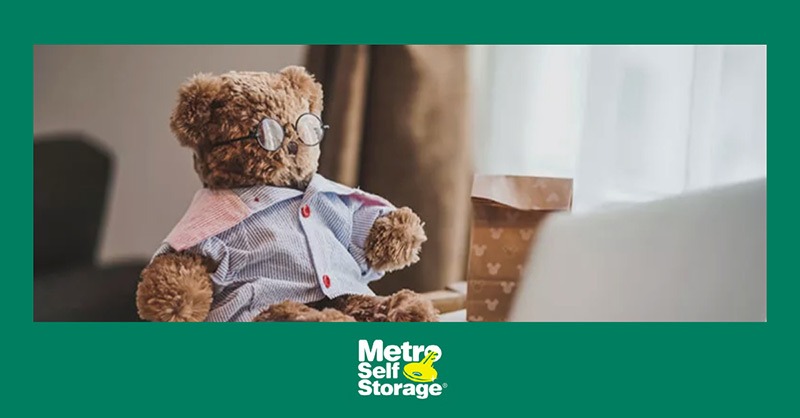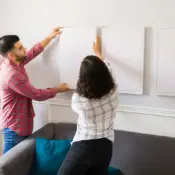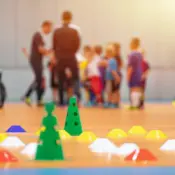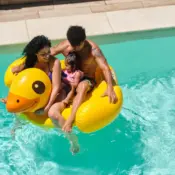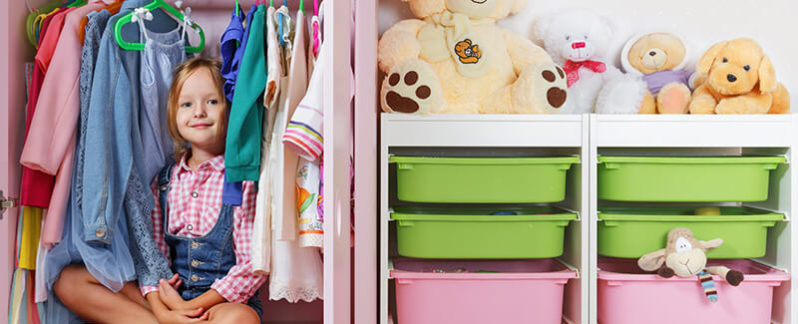
Kid-Friendly Toy Storage Tips
August 20, 2017 | Family Life
Family friendly toy storage tips can be invaluable when you’re preparing to move, have a baby, or simply clean the house. Keeping toys tucked away when not in use can relieve stress and prevent your home from becoming a toy disaster zone, especially during transitions.
While you can find plenty of great ideas and inspiring pictures online, in the end, all you might need is a few good principles to follow. Here are some toy storage tips that can make the difference between organization and chaos.
Choose toy storage options that work great for kids and adults
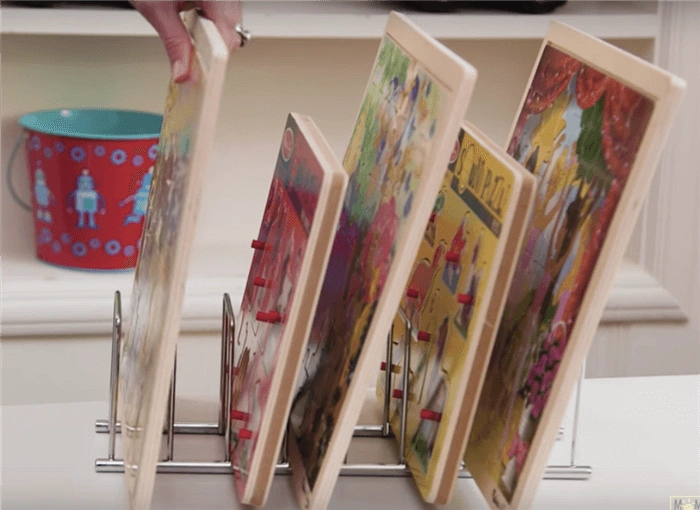
Image Source: WhatsUpMoms
Children grow up quickly. Shelves or drawers designed specifically for children may be cute and perfect now, but they’ll soon be too small or babyish for your growing kids. Instead, choose furniture and storage options that could work for teenagers and adults as well as children. Then, you won’t need to buy something new later.
Similarly, look for storage options that are adaptable and multi-purpose. For instance, look for shelves that are adjustable and beds that have room for toy storage underneath. You want storage items that can quickly adapt to different toys, books, or clothes in the future.
In fact, you don’t always need to buy furniture specifically meant for storage. Drawers can turn into shelves, or a coffee table could turn into a toy table for Legos.
Use storage products that can survive wear and tear
Pretty ribbons and chalkboard labels look great in photos, but they probably won’t last long with children. If you’re aiming for long-term use, choose storage containers and labels that are durable, such as high-quality plastic bins.
Opting for durable items doesn’t mean you’ll be stuck with unattractive toy boxes, though. You can find sturdy storage containers in a range of colors, designs, and materials. With the number of options available, you’re sure to find something that’s both durable and stylish.
Use a toy storage system that encourages kids to clean up
If you want your children to keep their bedrooms and play areas tidy, look for toy storage options that make cleaning up easy. For instance, if your children are younger, you can use labels with pictures instead of words. Similarly, your kid may prefer open storage bins rather than boxes with lids. Determine where your child struggles with cleaning up and make it as simple as possible.
The location of their toys can also make a difference. Toys that are often used should be easy to retrieve and put away. Consider putting these toys on lower shelves, especially if they’re heavy, and position them as close to the actual play area as possible. For example, if your kids usually draw while sitting at the kitchen table, place the art supplies somewhere close by rather than in their room.
Also, avoid putting well-loved toys together in a big box. Otherwise, your child may pull out all the toys and create a mess while searching for one special toy. You can avoid this mess just by reorganizing your toy storage.
For more ideas, check out these tips about teaching your kids about bedroom organization.
Only keep toys that are frequently used
Of course, toy storage tips and ideas are easier to follow when you have fewer toys to organize. Toys have a way of multiplying, though, especially with birthdays, holidays, and grandparents. How can you narrow down your kids’ toys when every toy seems to have a purpose or value?
First, pay attention to the toys your child plays with every day. You may think certain toys are special when in fact, your child has outgrown them or moved on to other interests. Any toys that are regularly ignored can be removed—even they were gifts or favorite toys at one point.
If you’re struggling with this first step, keep in mind that you don’t have to get rid of the toys entirely. You can always put unused toys in your self-storage unit or home storage until you are sure your child no longer wants to play with them. Your main goal is to reduce the number of toys in your living spaces and play areas. Where the “retired” toys ultimately go is up to you.
Next, look for toys that are played with, but only rarely. For instance, you might have seasonal toys like beach balls or sleds, or toys for special occasions like birthday parties. These toys tend to clutter up closets and drawers, making it harder to find things you do use regularly. Make sure to put these toys away in storage, too.
Finally, if your home still seems over-cluttered with toys, consider using a cabinet, closet, or storage unit to create a toy library for your children. Simply select certain toys that your children can “check out” or swap for other toys from the library. This system helps to limit the number of toys on the floor while also ensuring that your children regularly have “fresh” toys to play with.
Though toys and chaos may seem to go hand in hand, it’s not impossible to create an organized play area for your family. Hopefully, with these toy storage tips, you’ll be able to find a storage system that works for you and your children without cutting down on the fun!
If you’re still looking for ways to clear the clutter, you’ll find clean, well-lit storage solutions at your local Metro Self Storage. Visit us online to learn about our industry leading security systems and convenient, contact-free storage rental and more: metrostorage.com
